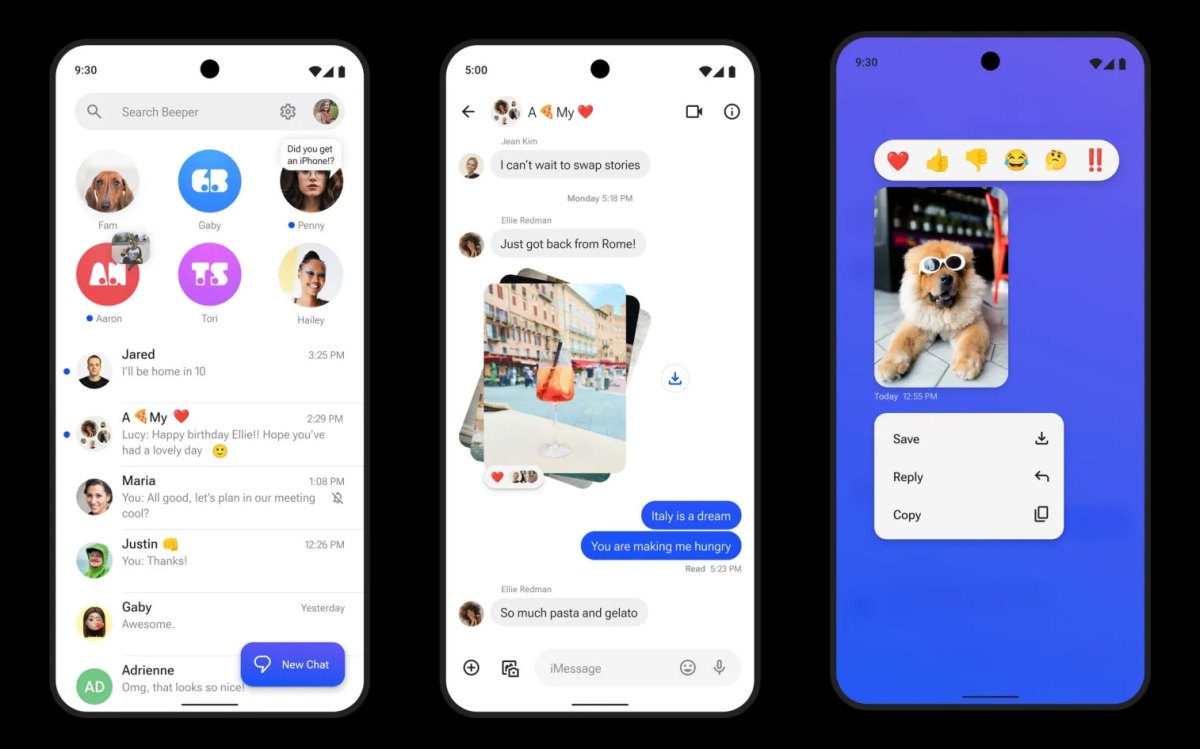gtj1982
Superstar
Will force Apple to improve iMessage to keep up with google chats.
Right, kinda funny how it's never been about Android users wanting to use iMessage. This whole thing is about the iPhone user experience trying to force all users on iMessage. Hell, the whole green vs blue was to indicate to the user that the green SMS, they could potentially be charged for if they don't have a texting plan, whereas the blue message was no charge through iMessage. However I can understand the initial frustration that the green message doesn't have the cool features as the blue one, but after understanding what's going on that's on Apple to fix/change/update. Instead people drew lines in the sand lol.nah i think most (non) apple users get that, just the apple stans think it shouldn't happen...for reasons
No prob homie, hope it clears it up a bit for ya.thanks for explaining for my dumb azz
Highlights how important consumer rights are. Wish we made more of a push on them
Android is basically a test dummy for features.
How many android phone makers have folded?
How many gimmick features came and went. Most people probably don’t remember them.
Apple sits back and waits for what works and want sustains before they offer it.
Android’s operating system is also integrated with all types of hardware and phones. IOS has its own hardware.
So you can’t expect iPhones to carry every single feature than an android phone offers.


A persistent connection to APNs is needed to be notified of new incoming messages in real-time. On an iPhone, an APNs connection is maintained by the operating system, and connected at all times. In Beeper Mini, the connection can only be maintained when the app is running, since Android does not support APNs natively.
1. So Beeper Mini doesn’t use a Mac server as a relay like all the other apps — they have a Mac Mini in a data center somewhere. And when you send a message, you’re actually sending a message to the Mac Mini, which then forwards it to iMessage,”
2. The app doesn’t connect to any servers at Beeper itself, only to Apple servers, the way a “real” iMessage text would.